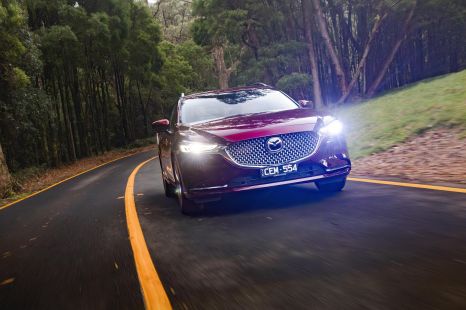

William Stopford
Every car discontinued in Australia in 2025
15 Hours Ago
Hyundai N has nailed its difficult second album. The i20 N packs what's so great about the i30 N into a smaller, more affordable package.
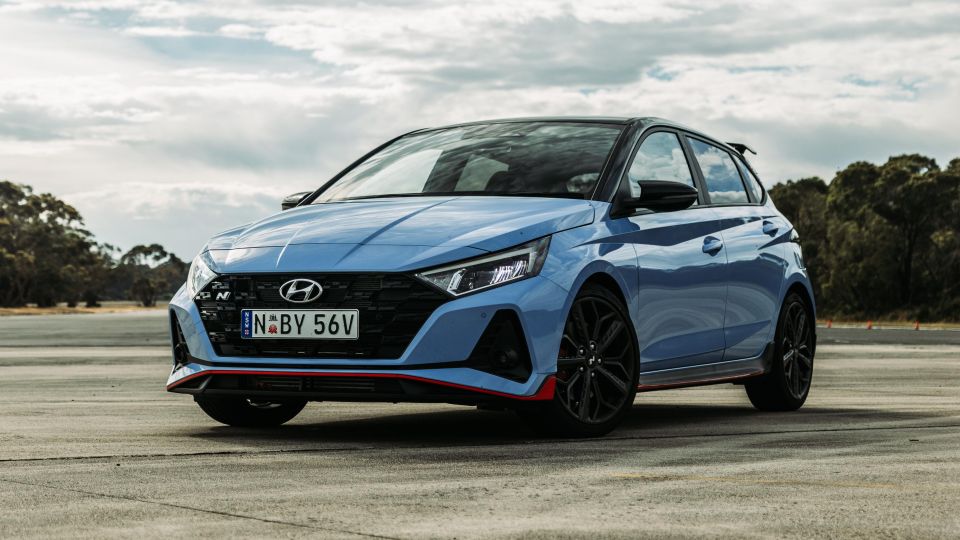
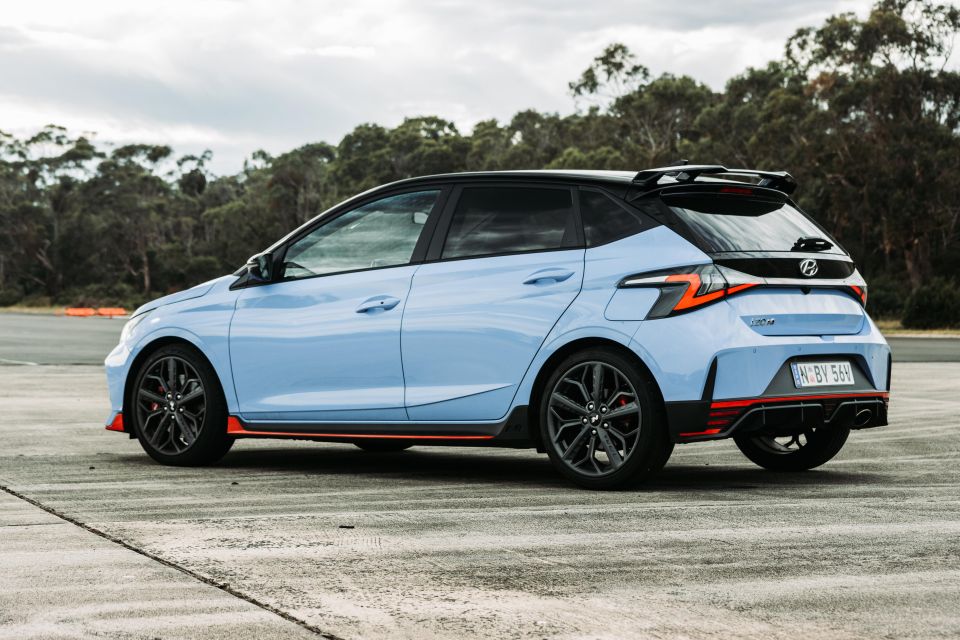

Quickly see how this car stacks up against its competition. Select any benchmark to see more details.
Where expert car reviews meet expert car buying – CarExpert gives you trusted advice, personalised service and real savings on your next new car.
New compact hot hatches don’t come around often, so the arrival of a fresh face to the party is big news.
The Volkswagen Polo GTI and Ford Fiesta ST are stalwarts, but the departure of the Renault Clio RS from the hot city hatchback segment has left enthusiasts after a pint-sized pocket rocket short on options.
Enter the Hyundai i20 N. It follows in the footsteps of the i30 N hatch and sedan, and is designed to pack that nameplate’s bombastic character and tenacious handling into a more compact, more affordable package.
On the surface, the hot i20 follows the (reasonably fresh) N Performance recipe closely. Outside, there’s an angry-looking exterior and the option of an eye-catching powder blue paint finish, and the cabin features racy seats and plenty of blue buttons to tailor the way it drives.
Under the bonnet is a turbocharged engine, and it sends its healthy outputs to the front wheels through a six-speed manual and mechanical limited-slip differential. Oh, and there’s plenty of snap, crackle, and pop from the exhaust.
On paper, the i20 N has what it takes to give the Fiesta ST and Polo GTI a bloody nose. We’ve experienced it fairly briefly on road and track at the Australian media launch – now it’s time to spend more time with it in daily real-world conditions.

There’s just one model in the i20 N range, with no base or Premium options like the larger i30 N. It’s priced at $32,490 before on-road costs.
The only cost options are Dragon Red mica paint ($495) and a Phantom Black contrast roof ($1000).
That means it undercuts the Ford Fiesta ST ($33,490 list), and is slightly cheaper than the 2021 Volkswagen Polo GTI ($32,890 list). The 2022 GTI is due later this year, and may bring with it a price rise.
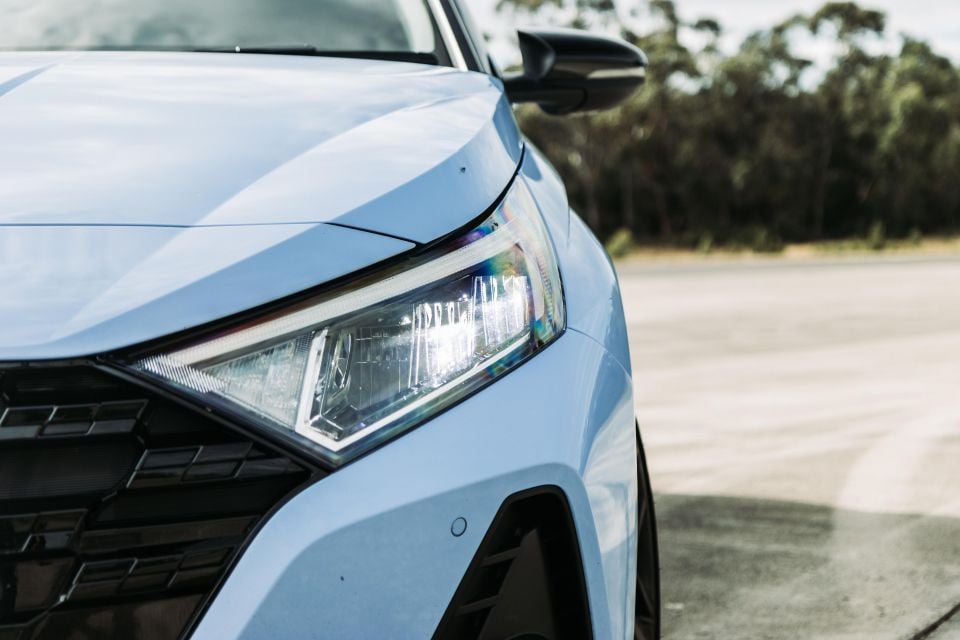
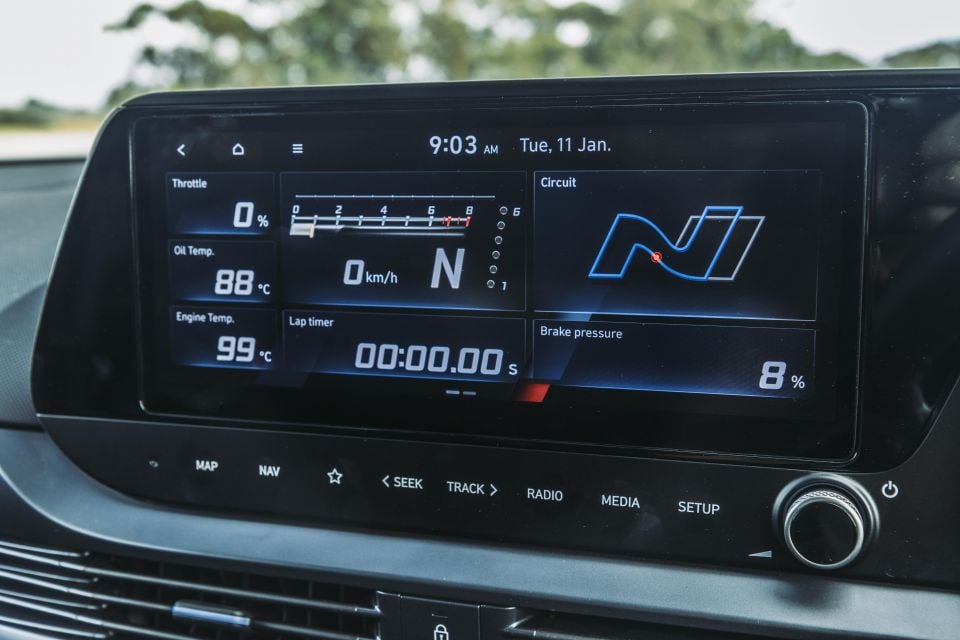
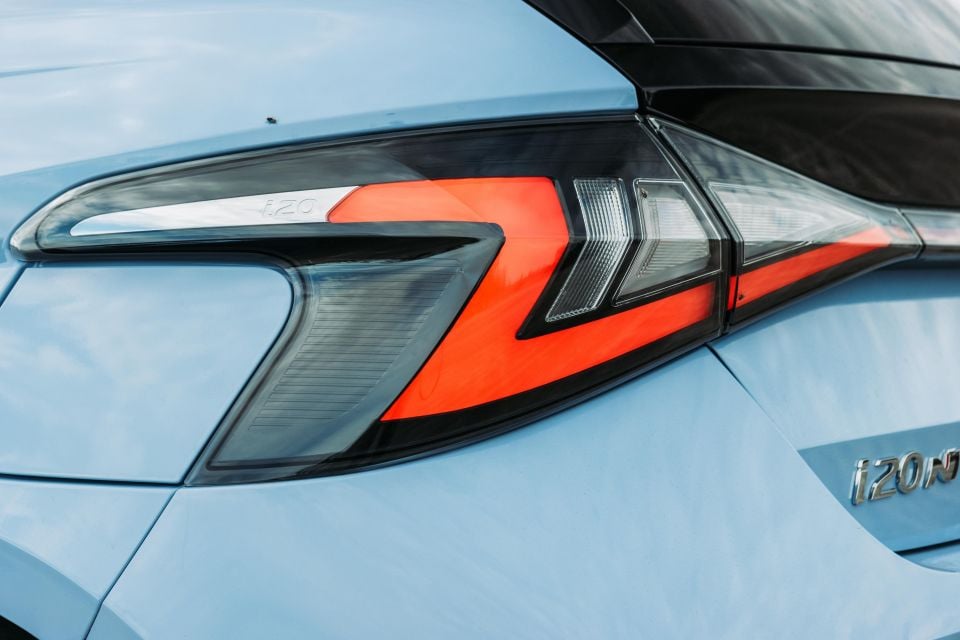
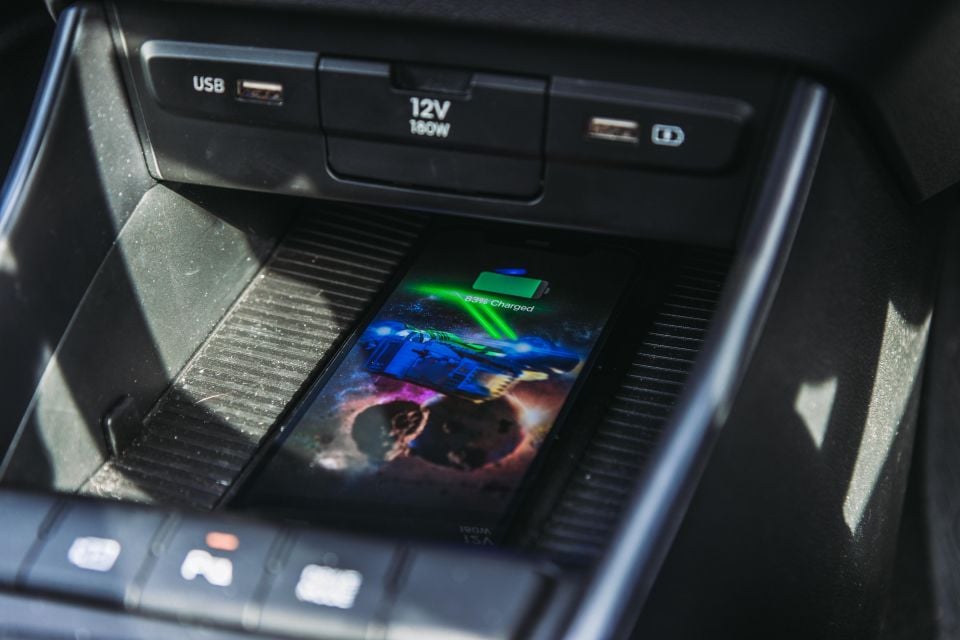
Buy your new car without the stress. It's fast, simple and completely free.

Great service from Travis and team, second time I have used this business would not hesitate to recommend them to anyone
Craig C.
Purchased a Ford Ranger in Sunshine Coast, QLD
CarExpert helped Craig save thousands on his Ford Ranger, now let us save you on your next new car.
Find a deali20 N highlights:
Although that is a well-stuffed equipment list, there are a few missing pieces. Adaptive cruise control is conspicuous by its absence, for example.
Some people will bemoan the lack of a sunroof, but no self-respecting hot hatch buyer should tick that options box anyway.
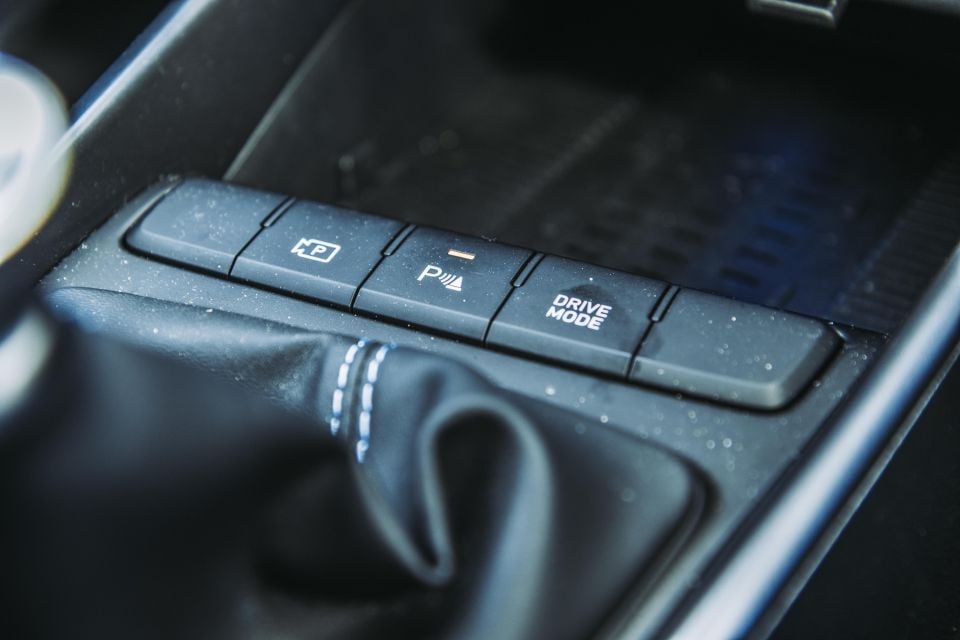
The latest Hyundai i20 hasn’t been crash tested by ANCAP or Euro NCAP.
Standard safety equipment includes:
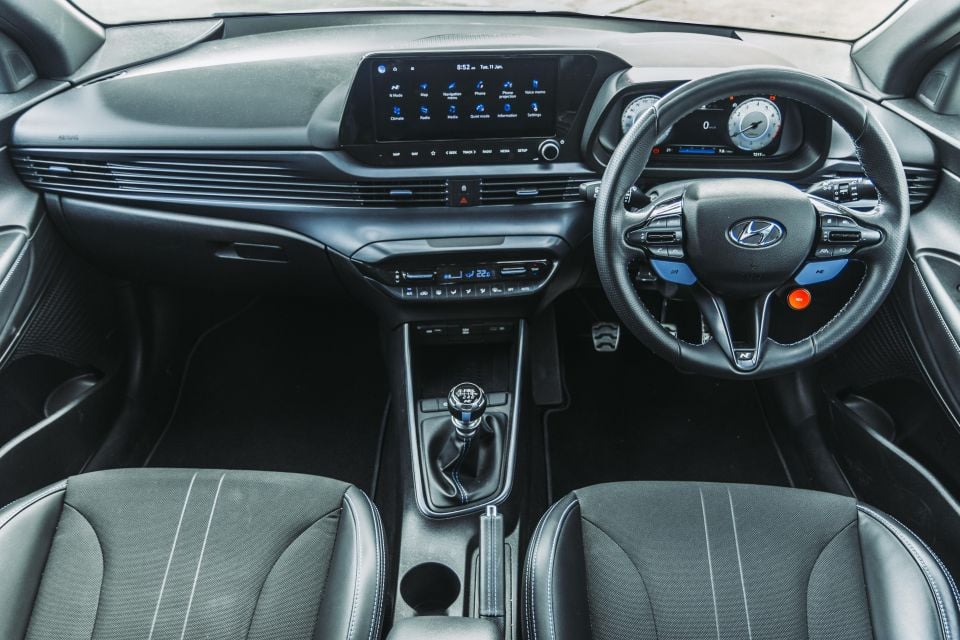
The i20 N is more grown up than you might expect of such an affordable, compact car.
For starters, all the N Performance bits are quality items. The seats are bucket-style units with a perfect blend of comfort and bolstering, the steering wheel is a chubby unit lifted from the i30 N, and the gear knob feels expensive. Tick, tick, and tick.
Sure, the dashboard and transmission tunnel aren’t the last word in tactility, but that’s to be expected of a sports car developed with an eye on value.
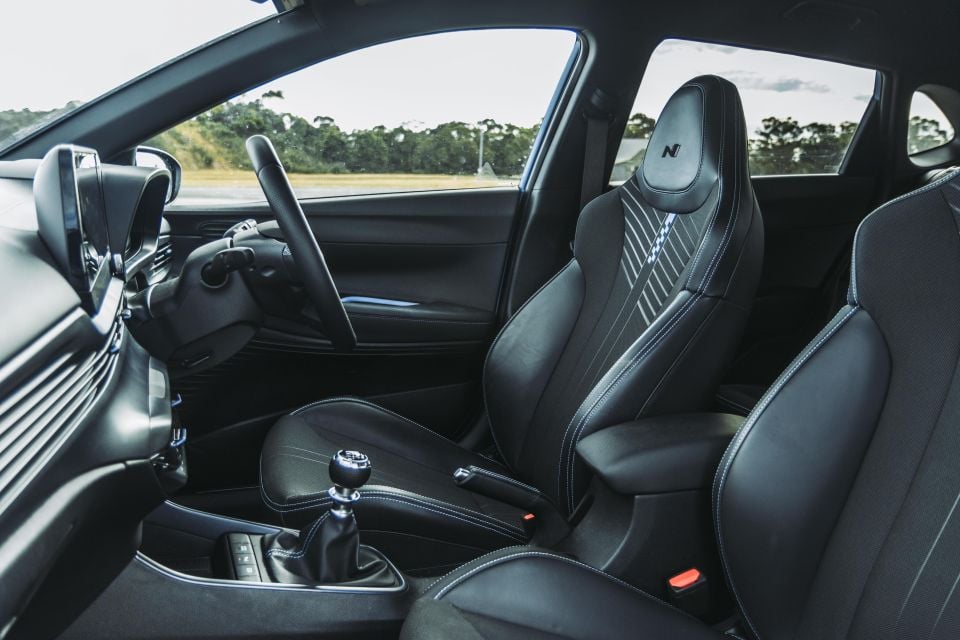
The seating position is excellent. Even leggy drivers have enough space, and the wheel comes out nicely to meet you. It feels sporty but not unbearable for day-to-day driving, and is more welcoming for broad-shouldered people than the pre-update Fiesta ST.
There are two 10.25-inch widescreen displays in the i20 N. The first is a digital instrument binnacle, which has a range of different layouts based on drive mode, headlined by a brilliant N mode with a central rev counter and prominent speedo. You can’t get maps in the display though, nor is there much space for customisation.
Sitting proud of the dashboard is a 10.25-inch infotainment system, which will be familiar from Kia and Hyundai’s latest range. No, you still don’t get wireless Apple CarPlay or Android Auto, but otherwise it has a long list of features.
It’s simple enough to operate, with shortcut buttons along its base and a proper volume knob, and it’s mounted closer to the driver than some of its stablemates. That means you’re not forced to stretch too far to reach its corners, nor to squint to see some of its sub-menus.

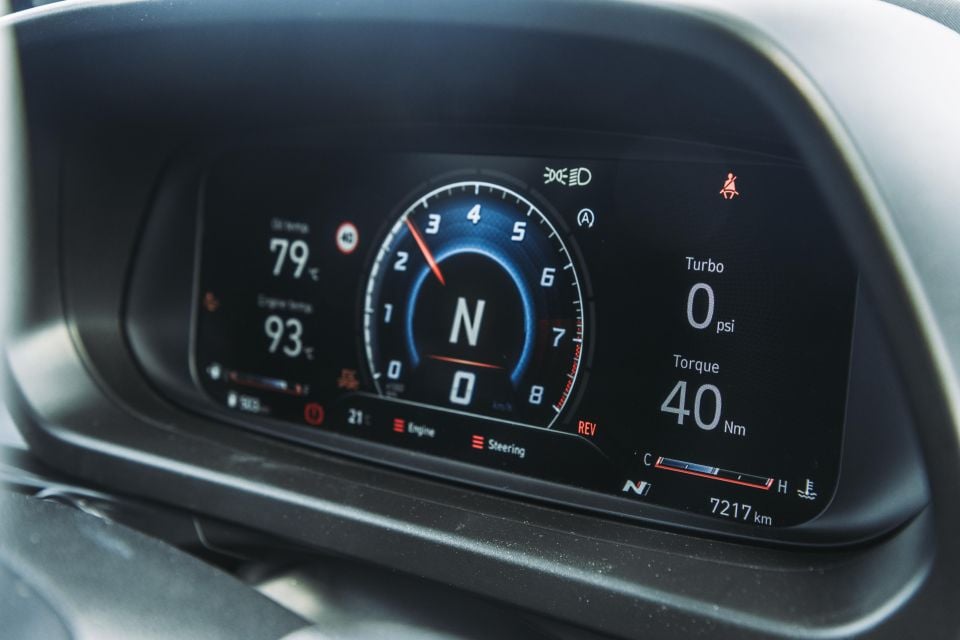
Like the i30 N, the i20 features a rich array of performance graphics. You’re able to keep track of your throttle, brake, and gear position, and even enjoy live timing around some Australian and Kiwi race tracks through the system. You can also fiddle with the drivetrain in the infotainment system, programming in your preferences for the N1 and N2 modes.
There’s a fair bit going on, but it doesn’t take long to work it all out – and the amount of customisation is unmatched.
Whether or not you want your passengers to know how fast you’re going, how much throttle you’re applying, and the engine oil temperature is another thing entirely.
You get a decent amount of storage for odds and ends, although the wireless phone charge pad wouldn’t play nice with my iPhone 13 Pro Max. It works, but there’s a very narrow sweet spot that’s easily disturbed by bumps or corners.
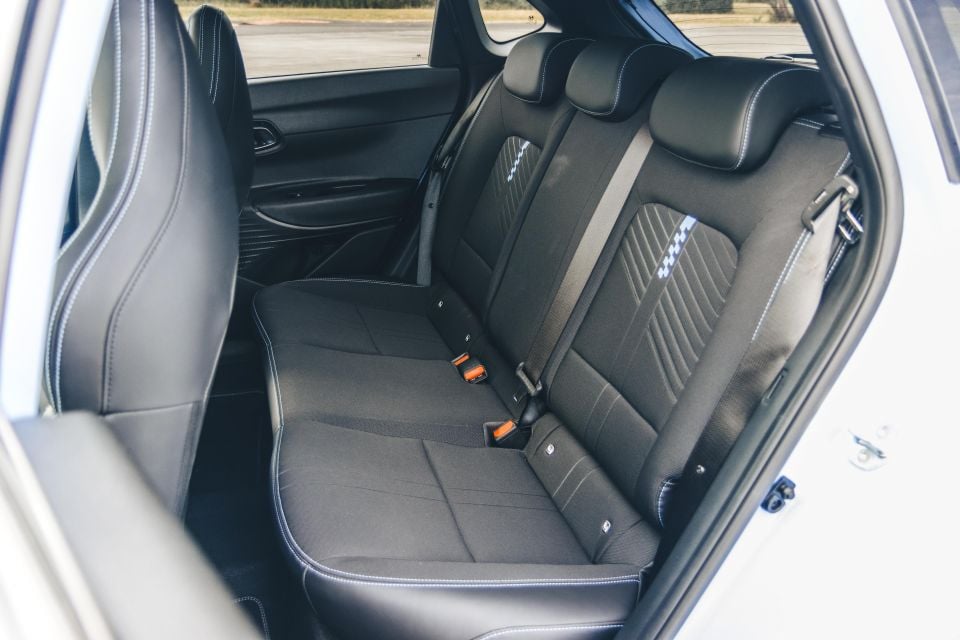
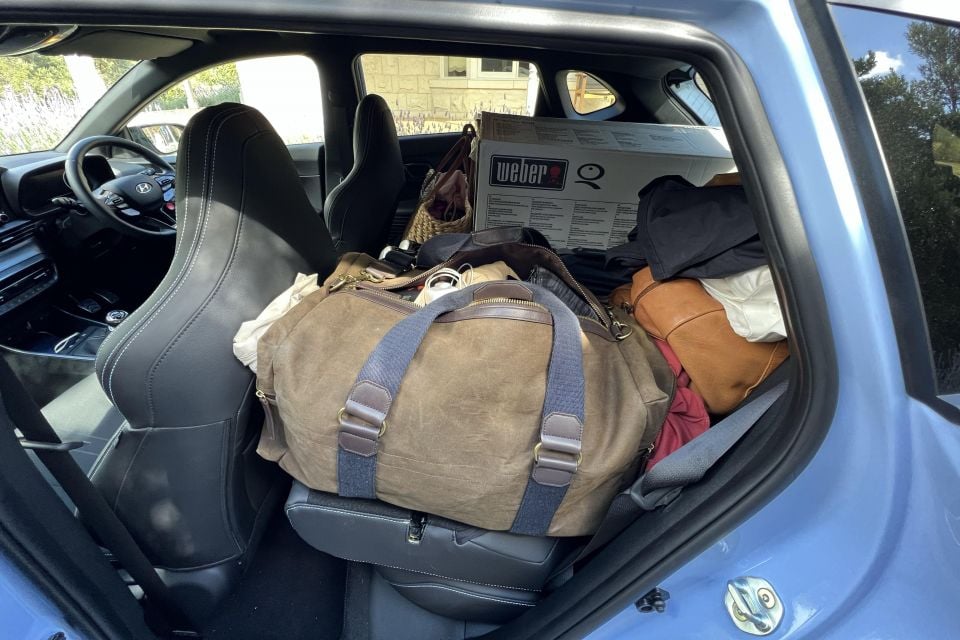
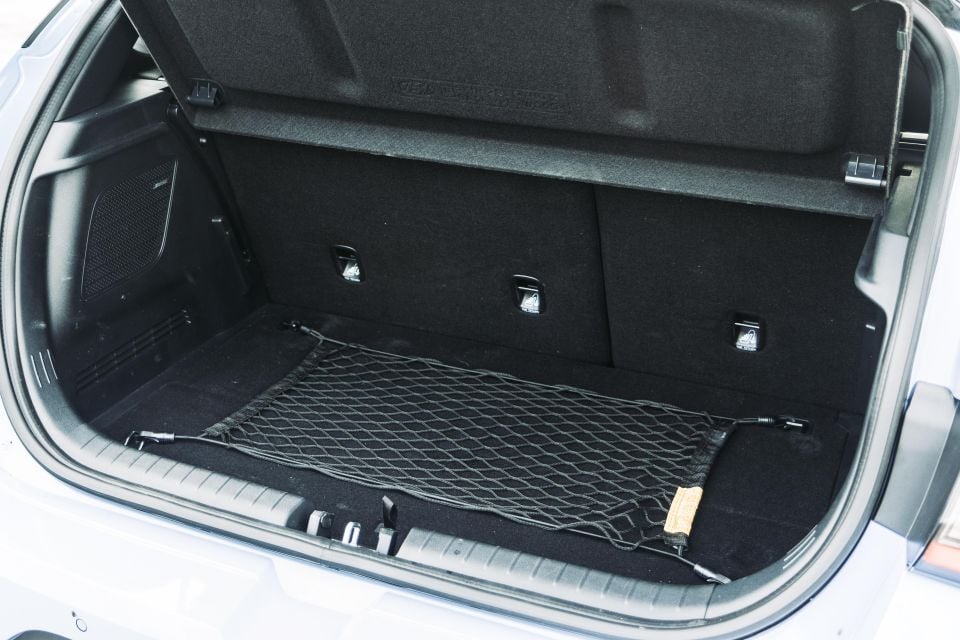
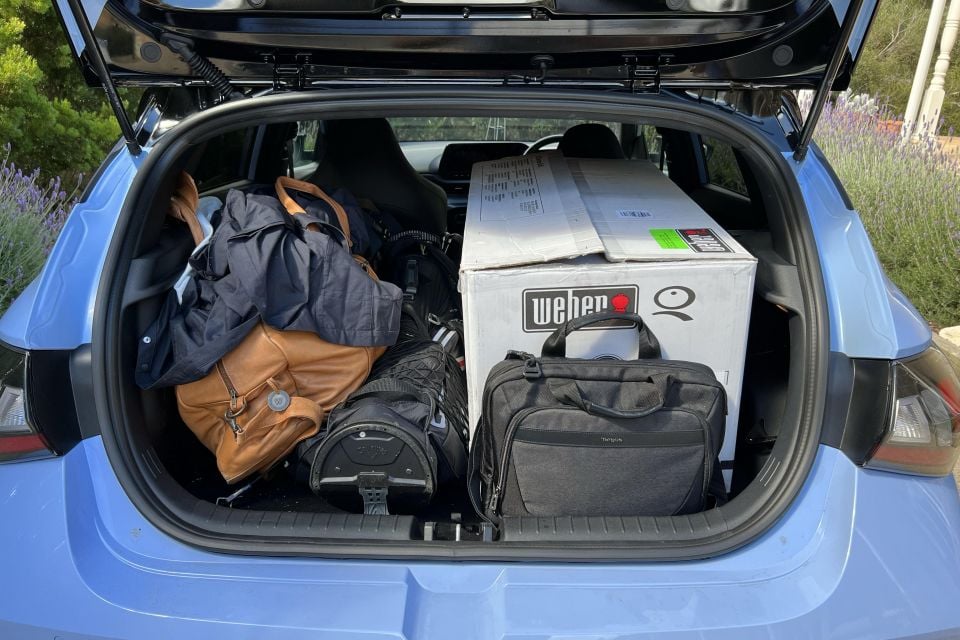
Space in the rear is better than you’d expect of a small city hatchback.
It’s not designed to haul around a family, but you can fit adults back there for short trips, and kids will be happy enough behind average-sized drivers. Amenities are limited; you don’t get air vents or a fold-down central armrest, nor are there USB ports.
It’s more spacious than a Fiesta ST back there, but the Polo GTI has it covered for practicality. There’s a 310-litre boot with a false floor, and storage space expands to 1123L with the rear seats folded.
It’s impressive how much you can fit. We squeezed two weekend bags, a barbecue, golf clubs, and the other bits and pieces you need for Christmas with the family into the i20 N with the seats folded, something you just couldn’t do in a Mazda MX-5 or Subaru BRZ.
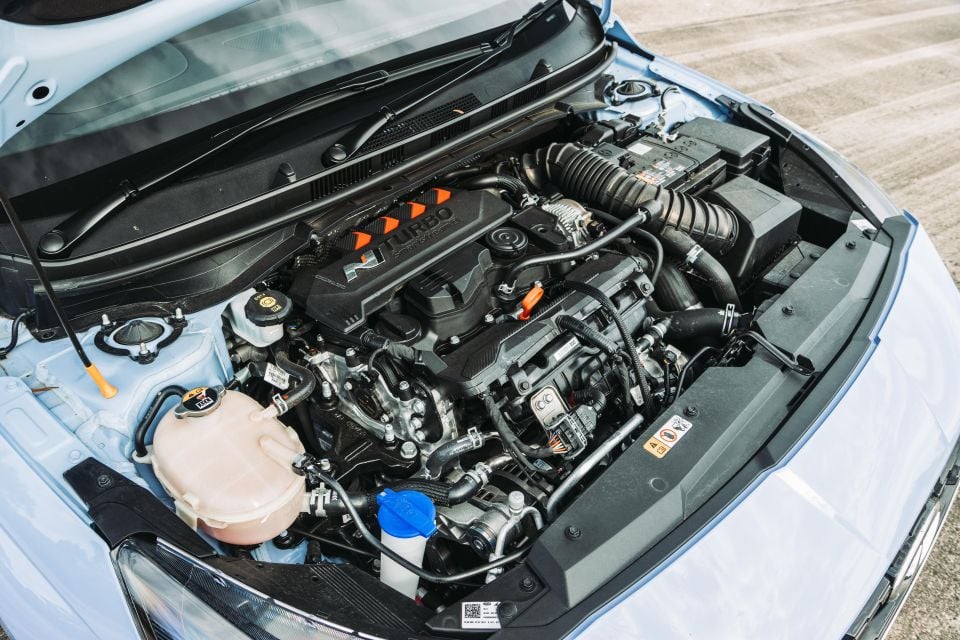
The i20 N features a 1.6-litre four-cylinder turbocharged petrol engine, with of 150kW of power and 275Nm of torque. There’s also an overboost that increases peak torque to 304Nm under full throttle between 2000 and 4000rpm.
Drive is channelled through a six-speed manual transmission and a Torsen mechanical limited-slip differential on the front axle.
The manual shifter features a reinforced clutch, upgraded friction materials, and redesigned synchros compared to Hyundai’s more mundane transmissions. Additional features include Launch Control, an auto rev-matching function for the transmission, and a three-mode stability control system like other N cars.
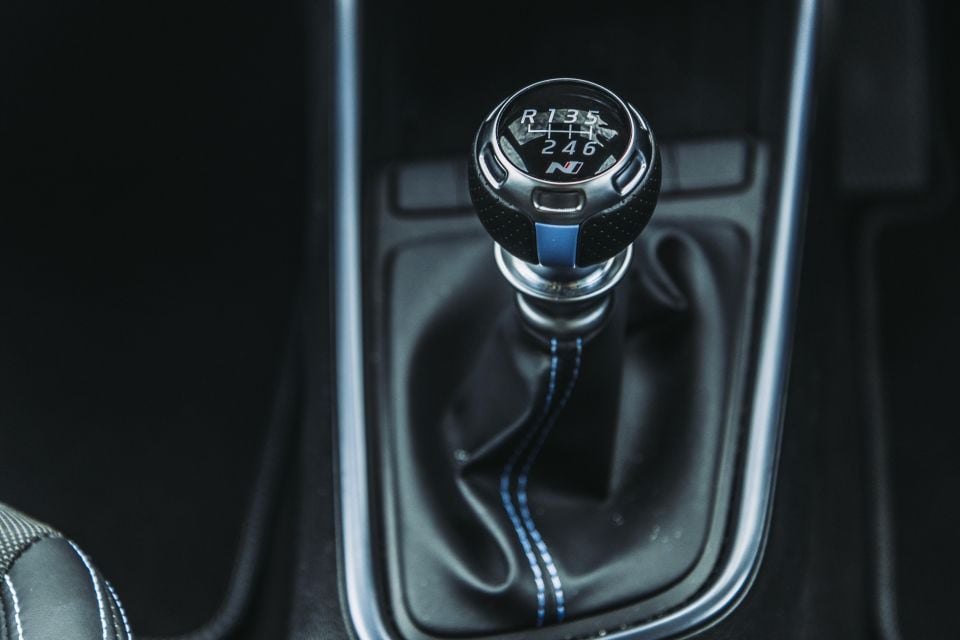
Hyundai claims the i20 N can dash from 0-100km/h in 6.2 seconds, and hit a top speed of 230km/h.
Interestingly, the i20 N’s powertrain is Euro 6-certified, and features fuel-saving idle stop/start technology. Fuel use is quoted as 6.9L/100km on the combined cycle, while the fuel tank measures 40L.
We actually beat the claimed fuel economy over 1100km with the car, returning 6.8 litres per 100km with a skew to holiday highway driving… and some more dynamic stints thrown in.
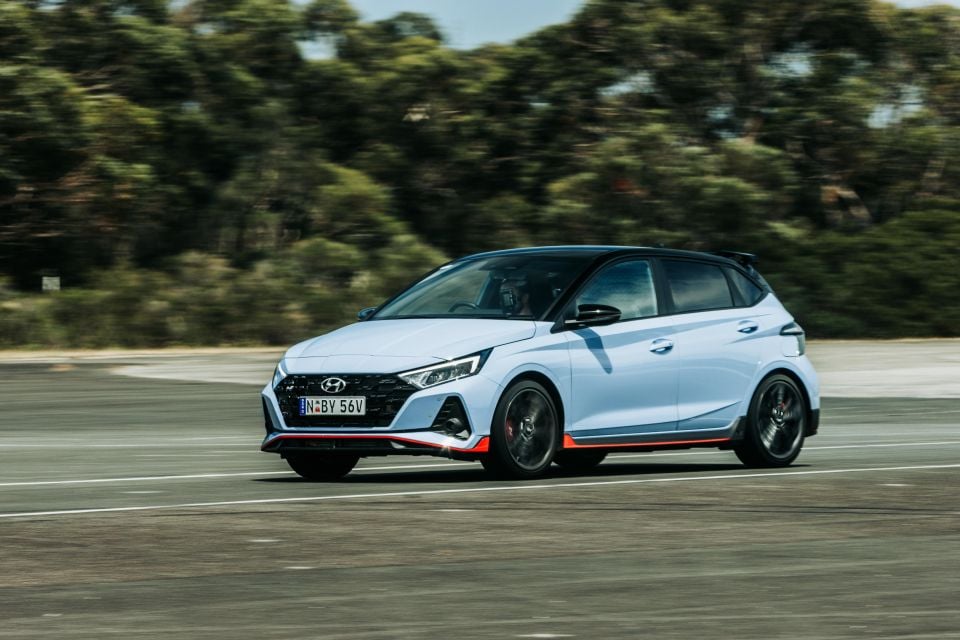
This is the big question, right?
Hyundai has done an awesome job balancing day-to-day comfort and usability with how the i20 N handles. You could happily drive the i20 N to work every day.
With a light clutch, reasonably light steering, and a taut but well-controlled ride, the only real reason to steer clear on the daily grind is if you’re afraid of driving a manual in traffic. Although the 1.6-litre engine in the i20 N doesn’t have the same muscular, any gear/any time feeling you get from the i30, it still pulls reasonably well from low in third gear.
That means you don’t need to constantly be rowing through the gears to shoot into gaps.

Of course, rowing through the gears isn’t a hardship. Sure, the clutch has a slightly vague take-up, but the shift has the same slick, meaty feeling you get in the i30 N. The pedals are well placed for rev-matching, but the rev button on the wheel means you can also let the car’s electronic brain work it out for you if you’re feeling lazy.
I had the i20 N over Christmas, which meant lots of barefoot trips to the beach and lots of trips to the shops in thongs. The little Hyundai lapped it up. It’s a great urban runabout.
It also feels more at home than you might expect on the open road. The short gearing means the engine is spinning at 2500rpm at 100km/h, and the short wheelbase makes it feel slightly busy over expansion joints or dips, but wind and road noise are impressively suppressed.
The bucket-style seats offer impressive support, and the lane-keeping (which defaults to off, mercifully) is handy on long journeys. We did a couple of three-hour stints with none of the ear-ringing, bum-numbing, hand-buzzing that characterised long trips in the tiny hot-hatches of yore.
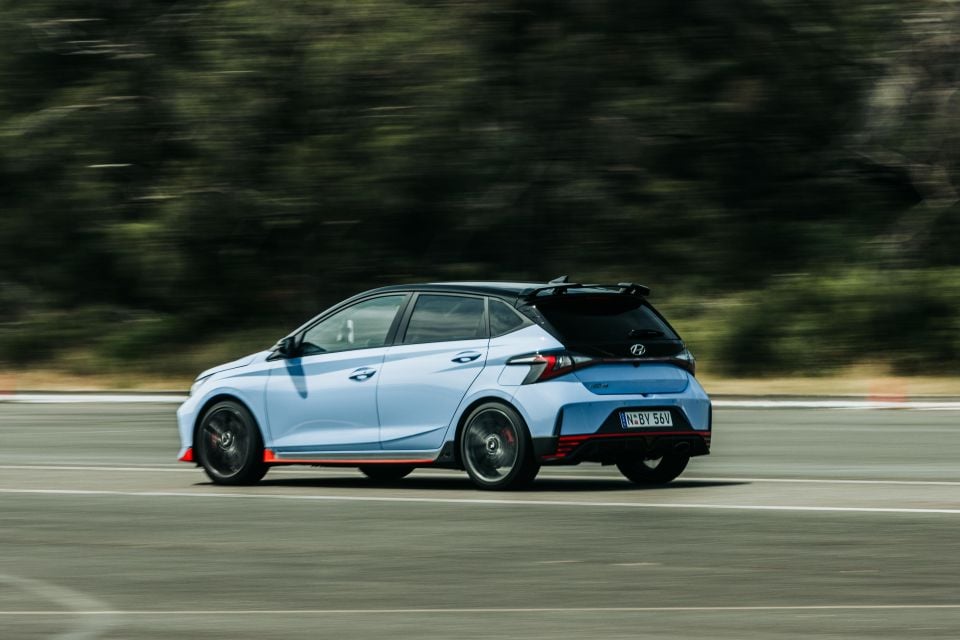
Like the i30 N, the i20 N can be customised to within an inch of its life. Steering, exhaust, engine, stability control, and rev matching can all be tweaked based on your preference, and a favourite configuration can be saved so you can flick straight into it using the Performance Blue paddles on the steering wheel.
There’s no adaptive suspension, but essentially everything else is in your hands. Naturally, we cranked everything up to its angriest, and turned the rev matching off.
Set up as such, the i20 N comes to life. The engine has a distinct character compared to the 2.0-litre in the i30. There’s a hint of turbo lag off idle, before it really picks up and gets to work. It willingly chases the redline, backed by a bassy bark from the adaptive exhaust.
It isn’t quite as bombastic as the i30, but it’s way angrier than a city hatchback has any right to be, and you get the full array of cracks and pops when you lift off high in the rev range.
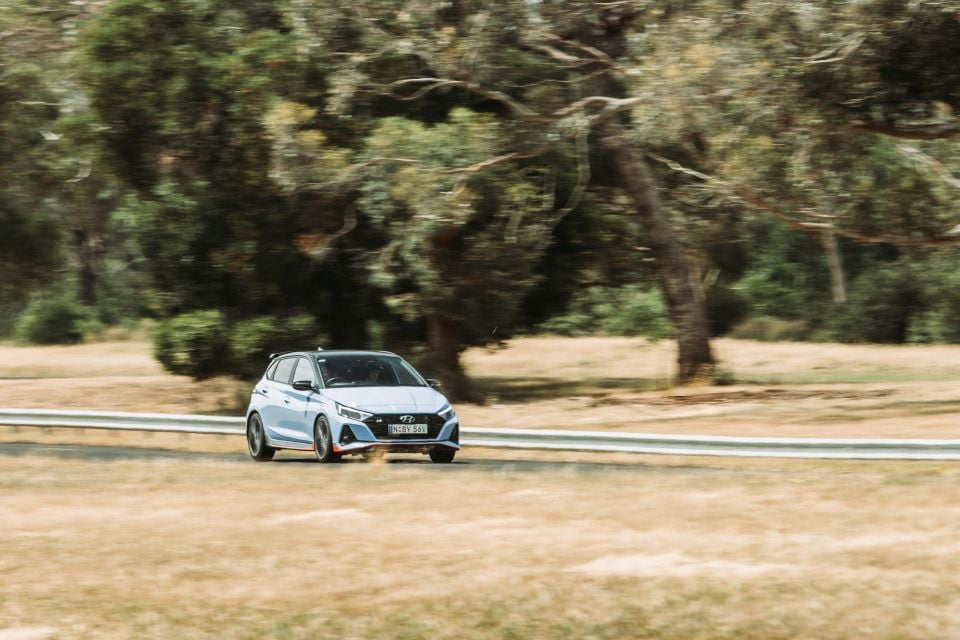
Where expert car reviews meet expert car buying – CarExpert gives you trusted advice, personalised service and real savings on your next new car.
Shown a set of bends, the i20 N majors on traction.
The front end feels glued to the road, and the nose goes exactly where you point it with the meaty steering wheel. Understeer? Not here, unless you’re really being silly.
There’s a real sense of adjustability to the chassis. Back out of the throttle and the nose will tuck in tighter, while the limited-slip differential means you can get on the throttle early and the i20 drags itself determinedly out of corners. It encourages you to go faster and faster, to carry more speed in and get on the throttle earlier.
Oblige and the i20 N is a seriously fun, fast little hatchback, and one that lives up to the standards set by the i30 N.
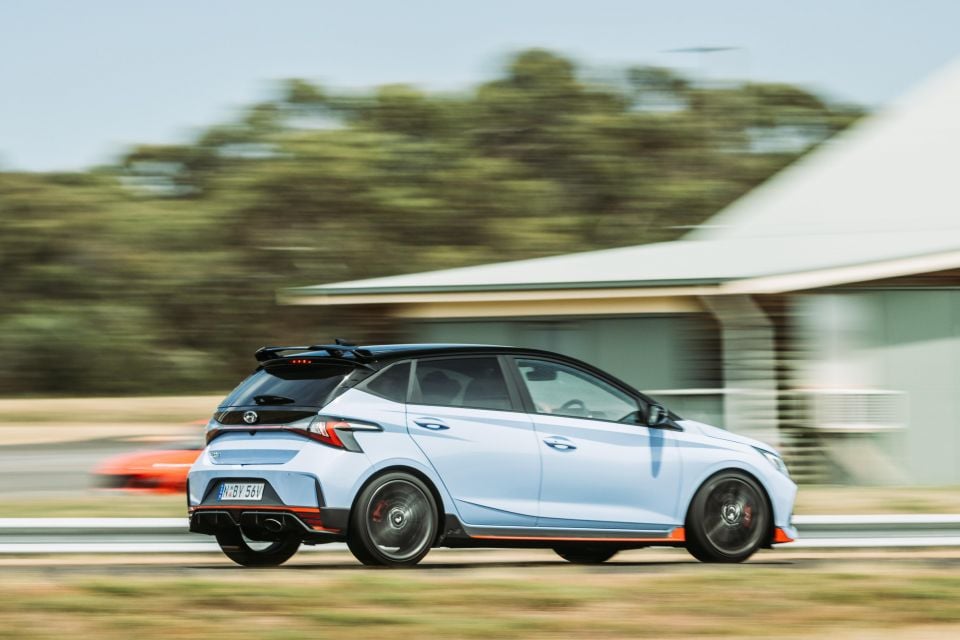
It isn’t perfect, though.
There isn’t a ton of feel through the heavily-padded steering wheel, which means it can be a bit tricky to tell where the front tyres’ limitations lie when you get on the throttle on slippery roads, and it’s easy to get snagged on the gate as you shift quickly from third to second gear.
It’s adjustable and effective through the corners, but the i20 also doesn’t have that final degree of playfulness that makes the Fiesta ST such a riot at ten-tenths. It’s a bit more dialled in at the rear, and doesn’t feel willing to wag its tail unless aggressively provoked.
There’s no question which one I’d rather live with, though.
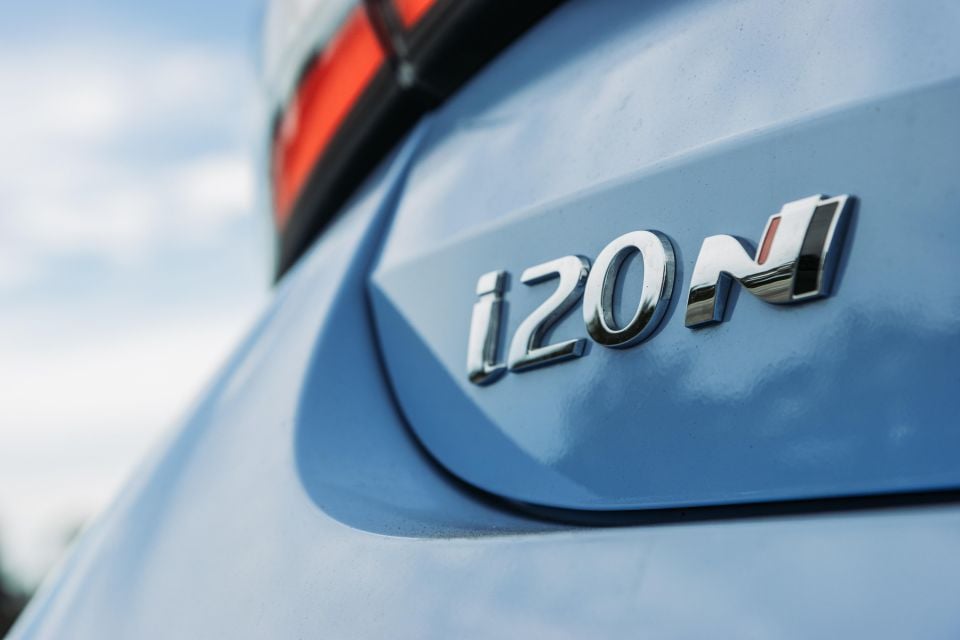
The 2022 Hyundai i20 N is covered by a five-year, unlimited-kilometre warranty.
As with other Hyundai, the warranty also includes vehicle use on non-competition track events as well as the use and fitment of track-focused tyres.
Servicing is required every 12 months or 10,000km, whichever comes first. The first five services are capped at $309 a pop.
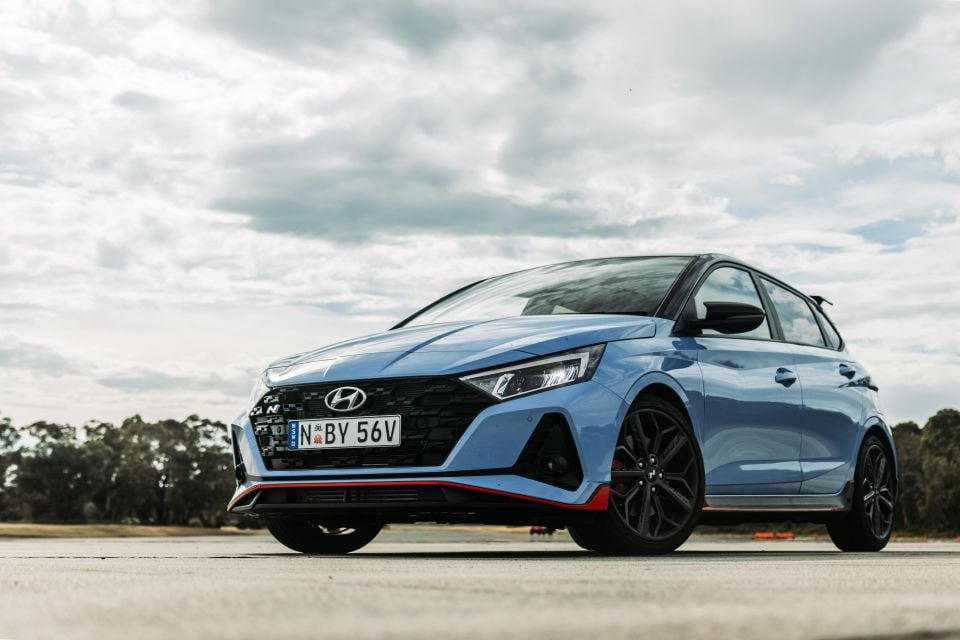
The boffins at Hyundai N have nailed their difficult second album.
The i20 N feels every bit as resolved as its bigger brother, with a character that makes it hard not to like. It arguably balances daily driveability with fun better than either of its pint-sized rivals.
Throw in a razor-sharp price tag, and Hyundai has a winner on its hands.
Now, about that Fiesta ST, Polo GTI, and i20 N comparison…

Click the images for the full gallery
MORE: Everything Hyundai i20
Where expert car reviews meet expert car buying – CarExpert gives you trusted advice, personalised service and real savings on your next new car.
Scott Collie is an automotive journalist based in Melbourne, Australia. Scott studied journalism at RMIT University and, after a lifelong obsession with everything automotive, started covering the car industry shortly afterwards. He has a passion for travel, and is an avid Melbourne Demons supporter.


William Stopford
15 Hours Ago
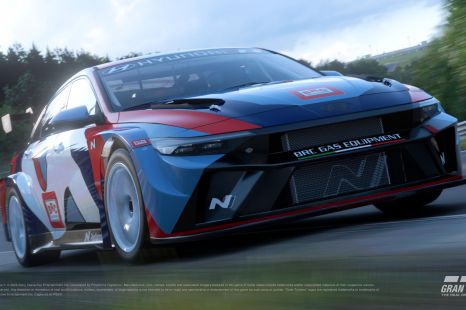

Damion Smy
5 Days Ago
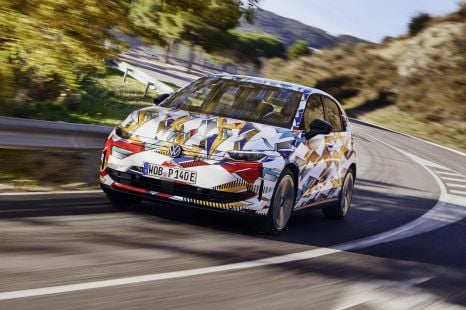

William Stopford
12 Days Ago
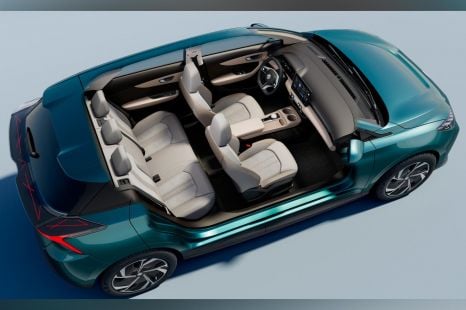

William Stopford
13 Days Ago
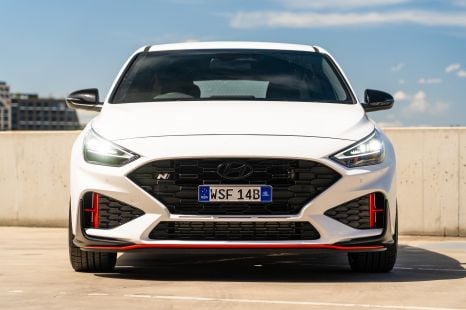

William Stopford
19 Days Ago


Josh Nevett
28 Days Ago